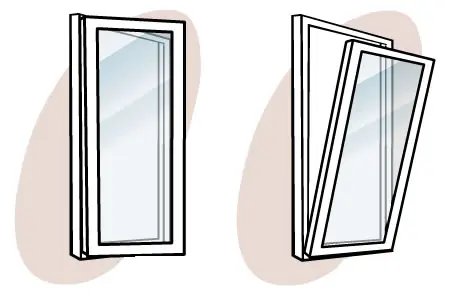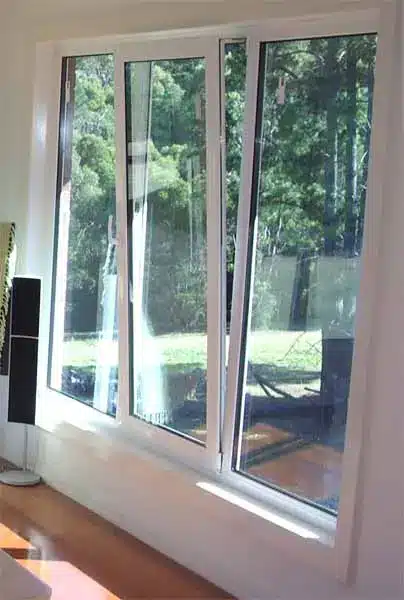Introduction:
In the ever-evolving landscape of modern architecture, windows play a pivotal role in defining the aesthetics and functionality of a space. Among the myriad window designs available, Tilt and Turn windows have emerged as a versatile and innovative option that seamlessly combines style with practicality. In this comprehensive guide, we will delve into the unique features, benefits, and considerations associated with Tilt and Turn windows, uncovering the reasons behind their growing popularity in contemporary construction.

Understanding Tilt and Turn Windows:
Tilt and Turn windows are a departure from traditional window designs, offering a dual-functionality that sets them apart. Unlike conventional windows that open either horizontally or vertically, Tilt and Turn windows can be operated in two distinct ways: they can either be tilted inwards from the top, providing ventilation without fully opening the window, or they can be swung open inward like a door. This flexibility in operation allows for precise control over airflow, natural light, and ease of cleaning.
- Versatility in Ventilation: One of the standout features of Tilt and Turn windows is their ability to offer varying degrees of ventilation. When tilted, the window creates a small opening at the top, allowing fresh air to enter while maintaining a level of security. This is particularly advantageous in spaces where a full window opening may not be practical or safe, such as in high-rise buildings.
- Effortless Cleaning and Maintenance: The turn function of Tilt and Turn windows enables them to be opened wide, providing easy access to both the interior and exterior surfaces for cleaning. This is a significant practical advantage, especially for windows in locations that are not easily accessible from the outside. The tilt function, on the other hand, allows for simple and efficient ventilation without the need for a fully open window, making them ideal for use during inclement weather.
- Enhanced Security: Tilt and Turn windows are designed with security in mind. When in the tilt position, they provide a secure ventilation option, as the opening is limited, preventing unauthorized access. In the turn position, these windows offer robust locking mechanisms, enhancing the overall security of the space. This dual-functionality contributes to peace of mind for homeowners and occupants.
- Energy Efficiency: Tilt and Turn windows contribute to energy efficiency in several ways. When fully closed, they provide excellent insulation, reducing heat loss and energy consumption. The airtight seal achieved when the window is closed helps maintain a comfortable indoor temperature, contributing to overall energy savings in both heating and cooling seasons.
- Contemporary Aesthetics: Beyond their functional advantages, Tilt and Turn windows have a sleek and modern appearance that complements contemporary architectural styles. The absence of visible hardware when closed adds to their aesthetic appeal, creating a clean and streamlined look. Homeowners and architects appreciate the design versatility that Tilt and Turn windows bring to a wide range of building styles.

Conclusion:
As we conclude this exploration into the world of Tilt and Turn windows, it becomes evident that their popularity is not just a passing trend but a result of the practical benefits and aesthetic appeal they offer. The dual-functionality, versatility in ventilation, ease of maintenance, enhanced security, and energy efficiency make Tilt and Turn windows a compelling choice for modern construction and renovation projects.
“Turning the Tide: The Ultimate Guide to Tilt and Turn Windows” has taken us on a journey through the innovative features and considerations associated with these windows, shedding light on why they are transforming the way we think about and design window spaces. As we celebrate the 1-year anniversary of this exploration, it is clear that Tilt and Turn windows have earned their place as a sophisticated and practical solution in the evolving landscape of contemporary architecture.

